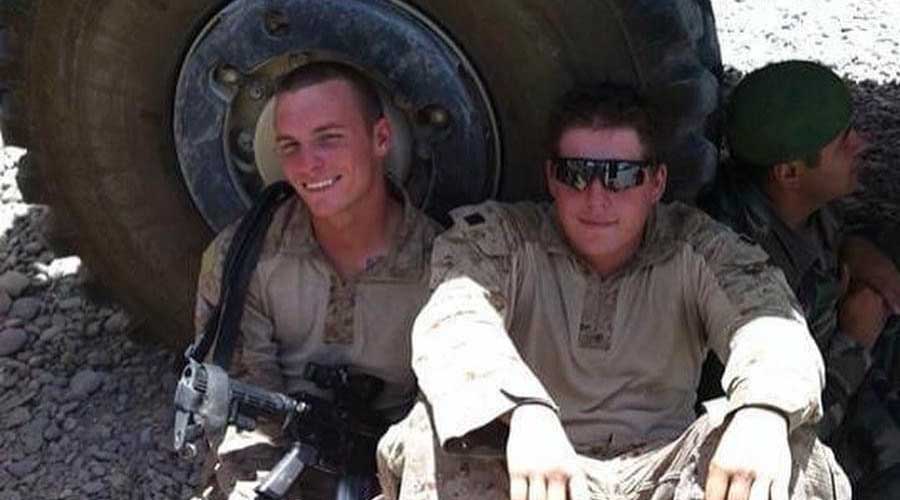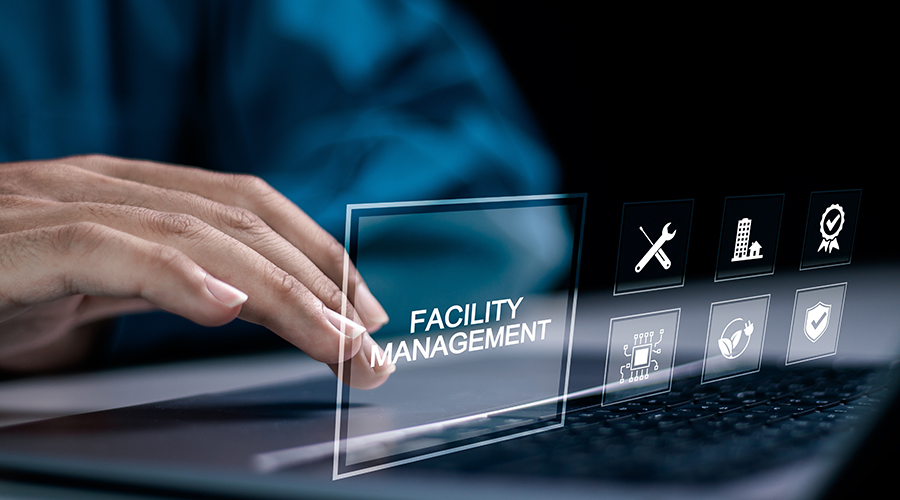Steady Course

There was good news in the headlines recently: Judging by the number of threats detected by law enforcement and intelligence groups, the risk of a terrorist attack on targets within the United States has dropped significantly. Apparently, domestic security measures have made it harder to carry out an attack. And that report came out before the capture of the third ranking leader of al-Qaida.
Not all the news has been good, of course. Prices at the gasoline pump may be the most visible aspect of a steady increase in overall energy costs that has affected everything from travel to facilities.
In a way, of course, bad news about energy can be good news because it helps facility executives sell proposals to improve efficiency. Unfortunately, by the same logic, good news about terrorism could be turned on its head if security risks are given short shrift by top executives.
As a glance at this month’s table of contents makes clear, a building is made up of a multitude of parts. Although most last a long time, none lasts forever. The majority are functionally obsolete before they stop working. Replacing a component or system only when it fails, or when external events force the issue, is a false economy. That approach may delay expenditures, but it increases long-term costs and impairs facility performance.
There’s an old adage about the length of time it takes to turn an ocean liner around. Buildings aren’t that different. The trick is convincing the captains of industry that, when it comes to investing in buildings, the choices made today determine where the facility will be tomorrow.
Related Topics:












